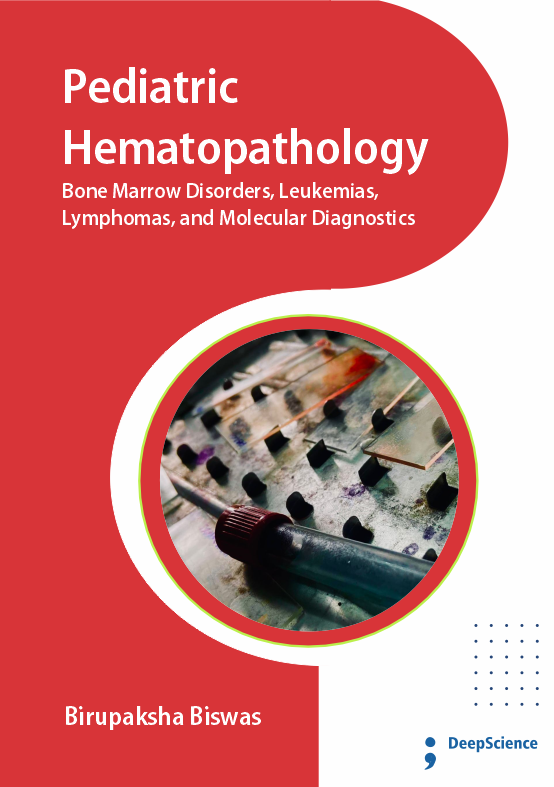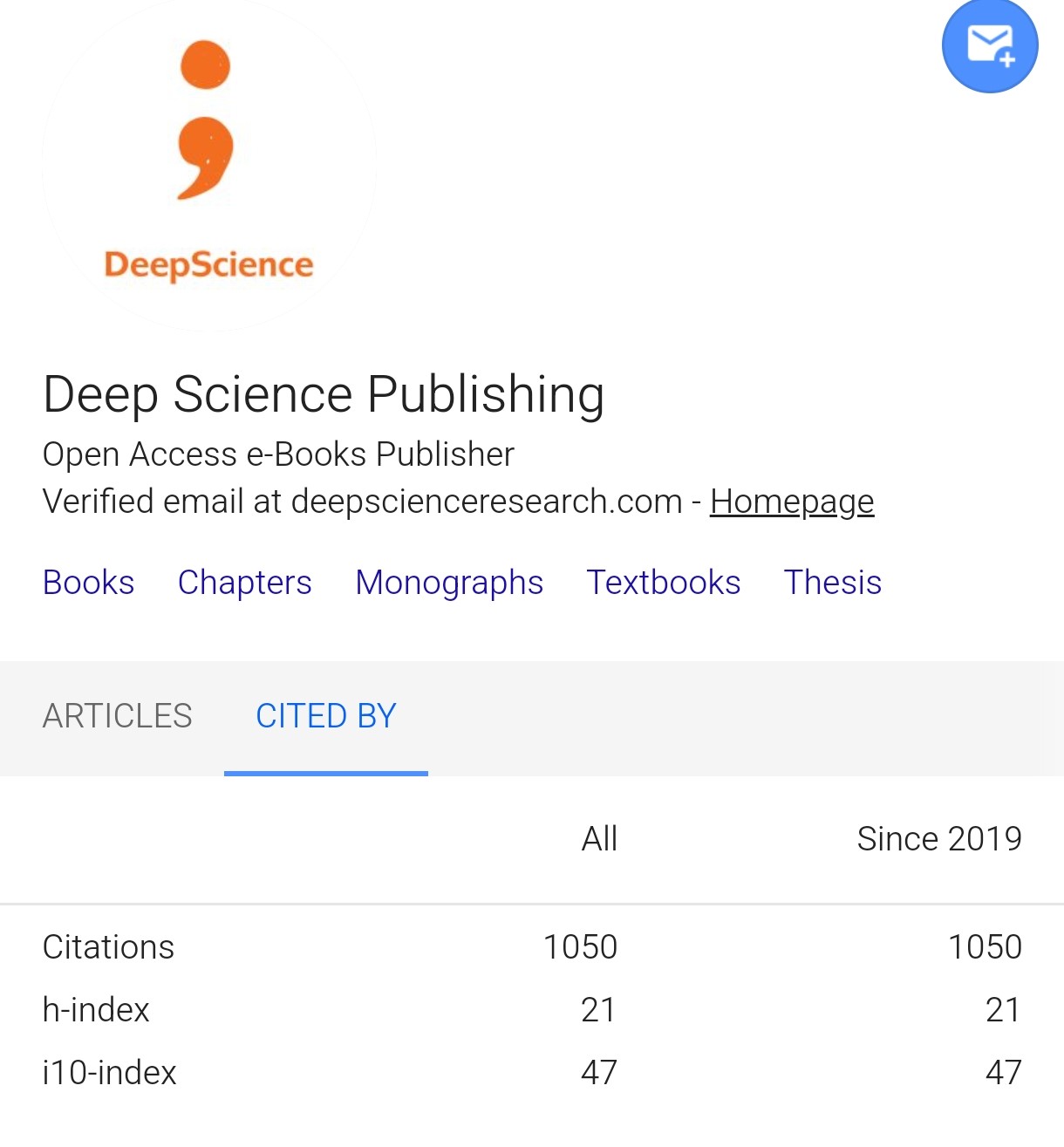Pediatric Hematopathology: Bone Marrow Disorders, Leukemias, Lymphomas, and Molecular Diagnostics
Keywords:
Pediatric hematopathology, Leukemia, Lymphoma, Myelodysplastic syndrome, Bone marrow failure, Germline predisposition, Molecular diagnosticsSynopsis
Writing a book in pediatric hematopathology is not the simple act of compiling a series of diseases, or the sterile listing of diagnostic algorithms. On a deeper level, it is an effort to write the delicate cross-hatchings of science, childhood and the metaphysics of survival into language. Blood, eternally running through its cycles, has always spoken in contradiction, of life and decay; marrow, buried in the structure of bone, contains the contradiction of buriedness and revealing. To look at the marrow through aspirates, biopsies, flow cytometry, molecular readouts is to join a kind of epistemological pilgrimage, a place where every nucleus, every chromosomal aberration, every cytokine storm is at once a fact and a metaphor.
The child, who is caught up in this clinical and philosophical theatre, is not a diagnostic specimen. Each child is instead a text — a compound of biology and biography — whose illness makes us face the fragility of beginnings. Disease occurs in adults against the backdrop of a long history of exposure and environment and time; when it occurs in children, it appears all the more tragic without enough narrative to hold on to. So it is that pediatric hematopathology, more than any other field, forces us to follow the path toward unity of knowledge and ultimately to harmonize science with ethics, to balance our curative aggression with compassion, and to accept that the smallest patient bears the greatest ontological weight.
The following chapters are not organized as technical stashes, but rather, dialectical waypoints. We will start with the normal child’s blood system, the rhythms of the marrow, the dance of precursors, the delicate scaffolding of the forming bone. From that starting point of innocence, the story moves on to perturbations: those of non-neoplastic marrow diseases, congenital failures in the production of hematopoietic machinery, and the mysterious terrains of pediatric myelodysplastic syndromes. Already, in these, likely faster paced chapters, structure and disintegration are playing out, genesis and erosion battling for the upper hand, reminding us that the pathological is merely a perversion of the physiological across a continuum.
Acute leukemias, as the incidents occur with a horrific poignant speed, actually present us with the classic picture of the hematologic catastrophe. Here marrow and blood converge, as blast disseminates, suffocating all but function. Subsequent considerations of lymphomas extend the territory, emphasizing the porousness of diagnostic boundaries, between leukemia and lymphoma, between immune hyperplasia and malignant transformation. Entities such as Burkitt lymphoma or anaplastic large cell lymphoma serve as a reminder that childhood malignancies are not simply small adults diseases, rather, they are a distinct ontological entity that has been sculpted by developmental immunobiology and characteristic genetic lesions.
Histiocytoses and dendritic cell disease, lying at the cryptic boundaries of hematology and immunology, are a metaphor for the immune system gone mad. In hemophagocytic lymphohistiocytosis or macrophage activation syndrome, the very equipment developed to defend the body against assault becomes the vehicle of its dissipation. You cannot read these diseases without seeing in them a metaphor of self-destruction, of systems overwhelmed with their excess, of life feeding on itself.
The story then evolves toward the ultra-rare but scientifically crucial entities—pediatric plasma cell neoplasms, mastocytosis, myeloid sarcomas, and blastic plasmacytoid dendritic cell neoplasms. Novelty creates a sense of the limits of our knowledge. Their own presence on these pages is however a witness that even the rarest of the diseases should speak up and out, for silence holds them captive in the shadows of the otherwise invisible and invisibility ensnares oblivion.
And finally, the trajectory brings us to the horizon: the expanding borders where morphology intersects molecular cartography, where perception is enhanced by artificial intelligence, where a future is built on immunotherapies and gene editing that was once unimaginable. Stem cell transplants, immune re-weaponization, targeted inhibitors, and computer algorithms fuse together in a new epistemology of pediatric hematopathology—a future that is not linear, but syncretic; not strictly additive, but transformative.
Still, technological brilliance casts ethical shadows. What does it mean to edit a child’s genome to lower leukemia risk? Where is the boundary between cure and enhancement? How do we celebrate CAR-T successes in well-resourced systems while facing the reality that many children elsewhere die without diagnosis? These questions run through the book like underground streams, ensuring our excitement is tempered by humility and responsibility.
This preface is a doorway to a manual, yes, but also an invitation to read the book as a meditation on vulnerability, resilience, and the moral work of medicine. “Normal marrow” in Chapter One is more than a schema; it suggests order and rightness. “Acute leukemias” are more than clinical entities; they speak to growth gone wild. “Future directions” are not just forecasts; they are philosophical horizons that ask how we will inhabit science and what kind of world we will build for the children who will inherit it.
If the title hints at a philosophical bent, the goal is not to abstract pediatric hematopathology from marrow and blood, but to engage life where it is most fragile. Blood is more than fluid—it carries ancestry, sacrifice, and hope. Marrow is more than tissue—it is the workshop where life is cast and recast. Pathology is not only disease; it is a reminder that creation and collapse travel together in every child, every cell, every diagnosis.
My hope is that hematopathologists, oncologists, researchers, and students will come to these chapters for more than technique. The message is simple: medicine is science, but it is also ethics, meaning, and story. To read a marrow aspirate is to interpret; to treat a child with leukemia is to face not only malignancy and prognosis, but mortality and personhood.
This book is both atlas and meditation, manual and elegy. It aims to teach and to unsettle, to illuminate and to provoke. In the end, pediatric hematopathology is not about diseases alone. It is about the children who bear them, the families who stay beside them, and the clinicians who walk the narrow path between science and sorrow.
In every child’s marrow there is not just hematopoiesis, but hope. Knowledge demands responsibility. This book is meant as a synthesis and an offering, a vigil kept over the fragile grammar of blood.
References
Bain BJ. Bone marrow biopsy morbidity and mortality. Br J Haematol. 2003;121(6):949–51.
Arber DA, Orazi A, Hasserjian R, et al. The 2016 revision to the WHO classification of myeloid neoplasms and acute leukemia. Blood. 2016;127(20):2391–405.
Ricci C, Cova MA, Kang YS, et al. Normal age-related patterns of cellular and fatty bone marrow distribution in the axial skeleton: MR imaging study. Radiology. 1990;177(1):83–8.
Jee WH, McCauley TR, Kim JM, et al. Discrimination of red marrow from malignant tumor infiltration in vertebrae: T1-weighted vs STIR MR imaging. Radiology. 1997;202(3):811–6.
Resnick D. Bone and joint imaging. 3rd ed. Philadelphia: Elsevier Saunders; 2005.
Kueh YK, Yeo JH. The cellular composition of normal human bone marrow as determined by flow cytometry. Cytometry. 1987;8(3):280–6.
McKenna RW, Washington LT, Aquino DB, et al. Immunophenotypic analysis of pediatric bone marrow: normal patterns and comparison with children with acute lymphoblastic leukemia. Am J Clin Pathol. 2001;116(4):598–604.
Mahoney DH, Shuster JJ, Nitschke R, et al. Morphologic evaluation of bone marrow in children. Cancer. 1988;61(6):1140–5.













